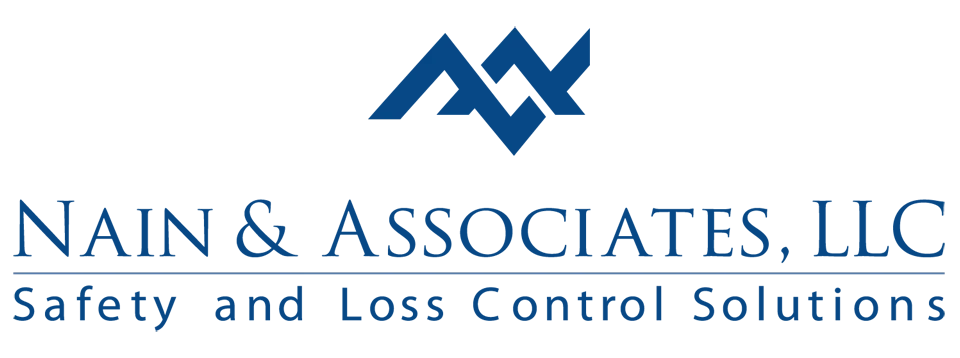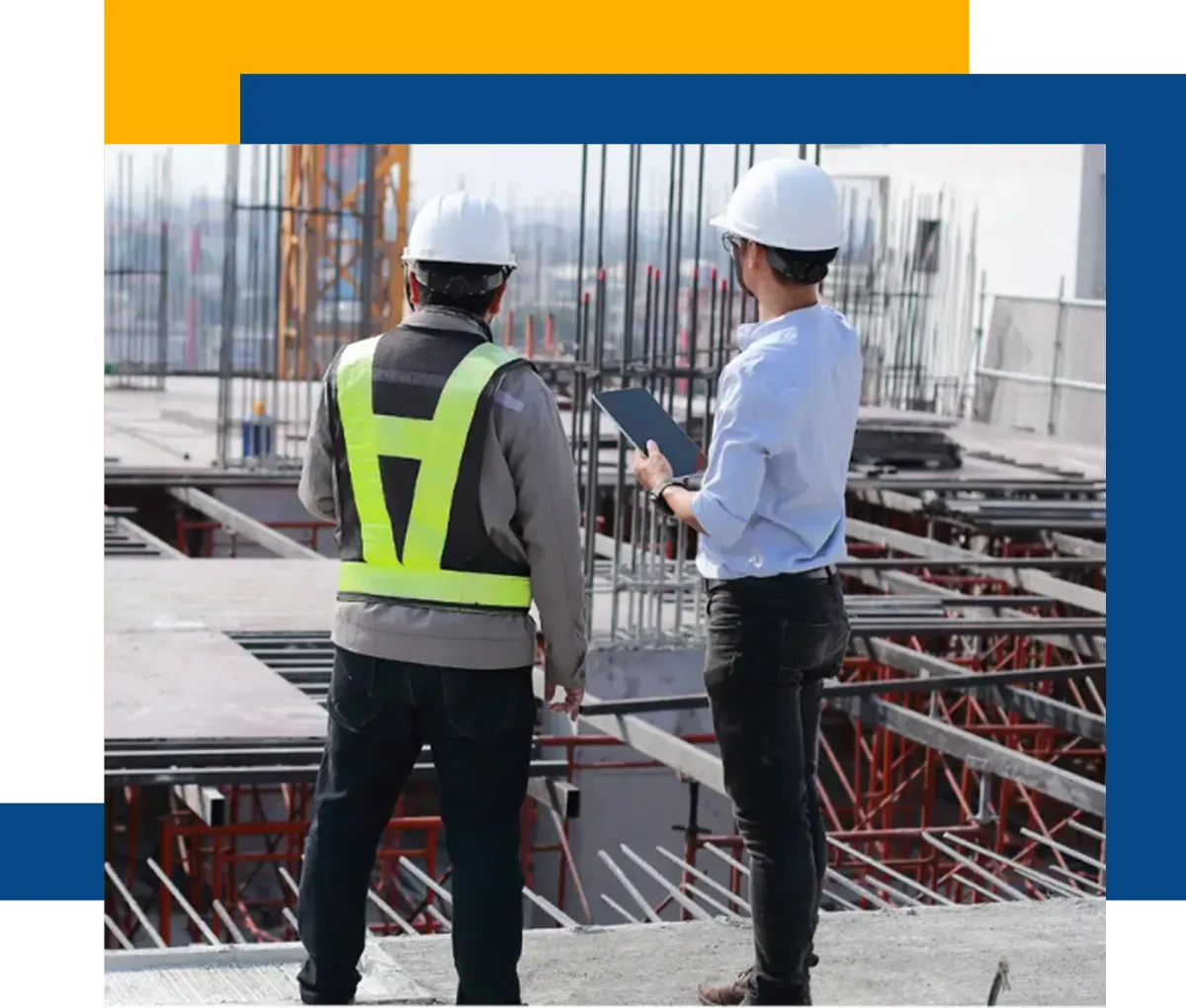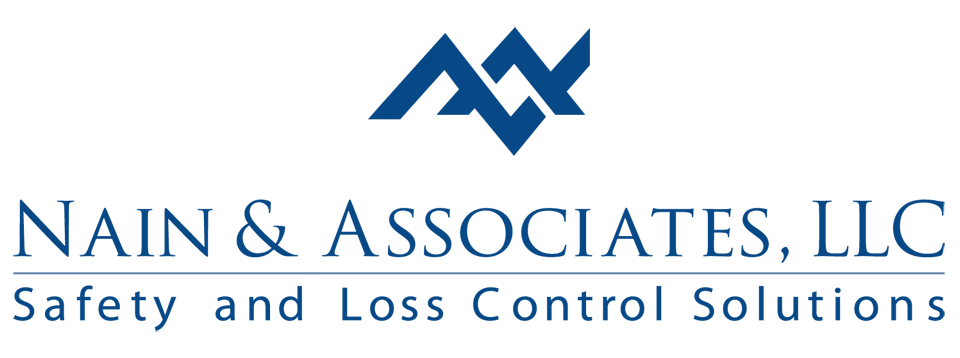

(828) 471-4317
Now Offering Spanish Safety Training!

Now Offering Spanish Safety Training!
OSHA’s 2024 Walkaround Rule: Managing Third-Party Representatives During Inspections
Inspections and Third-Party Reps
What OSHA’s Walkaround Rule Could Change for You

OSHA’s 2024 Walkaround Rule clarifies who may accompany compliance officers during inspections and how employers should manage third-party participation. The aim is to ensure relevant expertise and worker representation while preserving safe, efficient walkthroughs. For employers, that means clearer ground rules—and new preparation and documentation expectations.
The rule permits employees to choose their representative, including a qualified third party where needed for specialized knowledge or language access. At the same time, employers retain authority to control site safety, protect trade secrets, and designate escorts, so long as those controls do not unreasonably impede inspection objectives.
Practical takeaway: refresh your inspection protocol, define who evaluates representative qualifications, and pre-identify sensitive areas and photography rules. Train supervisors on respectful engagement, documentation, and escalation pathways so visits stay productive, safe, and lawful under the new parameters and consistent.

Employer Rights, Employee Choice, and Qualifications
Employees may select a representative from their ranks or a qualified third party whose presence is reasonably necessary to conduct an effective inspection—for example, someone with technical expertise, language skills, or familiarity with unique processes. Employers can request the individual’s credentials, verify training, and require adherence to site rules, PPE, security, and confidentiality. If several candidates are proposed, record why the chosen person best supports the inspection.
Before the opening conference, set ground rules: sign in, PPE, photography limits, escort routes, stop-work triggers, and locations where trade secrets are handled. You may restrict access to truly sensitive areas or substitute document review, demonstrations, or sampling, provided the alternative allows OSHA to evaluate conditions effectively and does not materially hinder the inspection.
Representatives must follow safety rules and cannot disrupt work. If a third party disregards instructions, refuses PPE, or compromises proprietary information, document the behavior, pause the tour, and address it with the compliance officer. You may request a replacement representative or narrower access. Reasonable confidentiality and non-disclosure steps—without waiving employee rights—help protect recipes, formulas, customer data, security layouts, and regulated information. Confirm any restrictions and reasons in the notes of the opening conference and again when closing the inspection.
Pre-Inspection Planning Checklist

Refresh your written inspection protocol to reflect the rule. Designate an inspection lead, an alternate, and a trade-secret custodian. Identify interpreters or technical specialists you may propose if employee representatives lack necessary expertise, and pre-brief front-line supervisors on respectful engagement and documentation expectations.
Map sensitive areas, photography rules, and sampling points. Stage PPE for visitors and ensure training or briefings required for entry are available quickly. Prepare clean conference spaces, recent injury and illness logs, applicable programs, and calibration records to reduce delays and keep the walkthrough focused on actual conditions.
Rehearse opening and closing conferences. Use checklists to capture who attended, credentials reviewed, areas visited, photographs taken, samples collected, and any abatement accomplished during the inspection. Assign someone to log questions, commitments, and deadlines so follow-up actions are tracked and verified to completion properly.
Refresh your written inspection protocol to reflect the rule. Designate an inspection lead, an alternate, and a trade-secret custodian. Identify interpreters or technical specialists you may propose if employee representatives lack necessary expertise, and pre-brief front-line supervisors on respectful engagement and documentation expectations.
Map sensitive areas, photography rules, and sampling points. Stage PPE for visitors and ensure training or briefings required for entry are available quickly. Prepare clean conference spaces, recent injury and illness logs, applicable programs, and calibration records to reduce delays and keep the walkthrough focused on actual conditions.
Rehearse opening and closing conferences. Use checklists to capture who attended, credentials reviewed, areas visited, photographs taken, samples collected, and any abatement accomplished during the inspection. Assign someone to log questions, commitments, and deadlines so follow-up actions are tracked and verified to completion properly.

During the inspection, the representative may speak with workers and observe conditions, but they should not direct operations or create hazards. Keep the group small and purposeful. If a private employee interview is requested, provide a quiet area and pause equipment as needed for safety. When sampling occurs, request splits where appropriate, mirror instrument settings if feasible, and document locations, times, calibrations, and chain-of-custody so your records match what the agency will review later carefully.
If disagreements arise about access or representatives, stay calm and elevate promptly to site leadership. Offer reasonable alternatives that achieve inspection goals without exposing trade secrets or unsafe conditions. Avoid speculative statements; provide accurate documents and demonstrate controls in place. Keep contemporaneous notes about what was requested, what was provided, and any limits agreed upon. At day’s end, debrief your team, capture lessons learned, and update the protocol so future inspections run even more smoothly.
Onsite Management: Roles, Boundaries, and Documentation
Use the opening conference to confirm participants, credentials, documents requested, representative roles, safety expectations, photography limits, and the route. Ask OSHA to identify the inspection scope and rationale. If the employee representative is a third party, note their expertise and any areas where a company specialist will assist to provide accurate explanations of processes and controls.
During the walkaround, maintain a small group: compliance officer, employer lead, employee rep, and subject-matter support as needed. Keep production safe; you may stop tasks briefly to explain steps or isolate hazards. Provide copies or displays of procedures rather than entering restricted areas when necessary. Track photos and samples with timestamps and locations so closing discussions are specific.
Close by reviewing what was observed, documents exchanged, and any abatement completed on the spot. Verify that statements attributed to company personnel are accurate. If a records request will follow, confirm the delivery method and deadline. Immediately brief leadership, start corrective actions, and preserve notes, photographs, and sampling data. Document representative behavior—positive and negative—to inform future planning and to demonstrate that you accommodated participation while upholding safety, confidentiality, and operational integrity. Retain drafts and versions of any policies shown to confirm context at the time.
After the Inspection: Follow-Up That Stands Up
Within twenty-four hours, compile notes, photos, and sampling data and reconcile them with the OSHA officer’s requests. Start abatement for quick fixes immediately, assign owners and deadlines for larger items, and capture interim protections to reduce risk while permanent controls are sourced or built promptly.
Schedule post-inspection training where procedures changed, and update your written programs, job hazard analyses, and communication to contractors. If you disagree with alleged conditions, assemble evidence now—maintenance logs, monitoring data, photos, or expert statements—so you are prepared if informal conferences or citation discussions occur later.
Close the loop with employees who participated, explaining actions taken and thanking them for contributions. Capture lessons learned on representatives, logistics, and documentation. Update your inspection protocol, orientation slides, and playbooks accordingly so the next visit benefits from coordination, smoother communication, and faster, safer walkthroughs.

Common pitfalls include unclear roles at the opening conference, overly large walkaround groups, and failure to manage photography or sampling locations. Another theme is not preparing alternatives for sensitive areas, resulting in unnecessary conflict. Finally, companies often overlook how representatives’ statements may be interpreted. Clarify who can speak for the company, coach supervisors to stick to facts, and ensure interpreters accurately convey technical language shared during demonstrations, interviews, and document reviews under time and production.
As you implement improvements, involve your safety committee and union leadership where present. Share the updated protocol, solicit feedback after mock inspections, and rehearse challenging scenarios such as denied access to high-hazard zones or conflicts over who may attend interviews. Keep records of drills, including who participated, what improved, and what remains open. This creates evidence of good faith, strengthens culture, and makes real inspections smoother, even when third-party representatives are part of the team.
How Nain & Associates Can Support Your Team
Nain & Associates, LLC helps employers operationalize the Walkaround Rule with practical protocols, training, and on-call support. We review your inspection process, align roles, and build decision trees for representative qualifications, access limits, photography, and sampling. Our team can run a mock inspection that mirrors OSHA’s approach, stress-testing escorts, documentation, and conference scripts so supervisors feel confident and respectful—even when third-party representatives attend.
We also craft trade-secret management controls: area maps, visitor PPE kits, disclosure protocols, alternative demonstrations, and photography rules that protect intellectual property without obstructing inspections. For multilingual teams, we deliver bilingual training and provide interpreters familiar with safety terminology. If you need additional coverage, our on-site safety professionals can coordinate logistics, capture contemporaneous notes, and help resolve issues in real time alongside your leadership.
Whether you run a single facility or a multi-state portfolio, we tailor playbooks to your risk profile and client requirements. Expect concise checklists, opening and closing conference scripts, and scenario drills that reflect your operations. We can also update related programs—employee participation, complaint handling, and document control—so everything fits together. Ready to prepare? Call (828) 471-4317 or request services, and we’ll help you turn a potentially stressful event into a predictable, professional process.
Have Questions About What We Offer?
To learn more about our services, contact us today!
Have Questions About What We Offer?
Contact us to learn more about our services

Speak with a
safety Specialist
Workplace Safety Training & Consulting Experts for
Charlotte, Hickory, Asheville, North Carolina and
the Southeast for since 2005!
Design By: Customers.Plus
© 2025 | Nain & Associates LLC


